QuestionQUESTION: Hi Micheal,
I have a mustang gelding who can be sat on and led around. He's still pretty jittery every now and then though too. The furthest he's gotten, is had the lead rope taken off, and was able to walk around but was still followig the helper.
What would you recommend doing as the next step?
ANSWER: Alexandra-
This is the really hard part of training - or at least nerve racking. If you feel confident in the horse's training, and in the riders abilities then these are my suggestions:
Have the helper lead the horse and rider around for a short while inside a round pen or small corral. Then have the rider hold the horse still while the helper walks off to the side of the pen. Once the helper is at a safe distance, ask the horse to turn. A turn is nice because it is easy to communicate to the horse. Or at least easier than a small kick to go forward. Once the horse can turn both directions, you can turn the horse, and then turn them into walking a straight line with minimal leg pressure. A turn is also nice because, even though a horse can turn and buck at the same time, the bucking is usually not as severe.
Option two is to have the helper lead the horse, then hold the horse and have the helper walk a few feet ahead. Then with very gentle leg pressure ask the horse to move forward toward the helper. Then hold the horse again and ask the helper to take a few steps to the side. Then cue the horse to turn and go to the handler. Eventually the helper should move further and further away until they are no longer needed. This method is dangerous because if the horse does buck, the helper is very likely to get in the way.
Regardless of what method you chose, I would recomend using a bosal or nylon halter with a lead attached like reins. Bits - even simple snaffle bits - can sometimes cause a lot of miscommunication with the horse. I would also spend a lot of time on the ground with the horse reinforcing cues for turning and backing.
Unfortunately, even if the horse has done great with the ground work, the horse may and probably will buck a little. Good ground work will limit that reaction, but it does not ensure it won't happen. And unfortunately I can not tell you any special thing that will keep it from happening. If you fall off, you fall off. Just be persistent and get back on - it happens to everyone that has been in this position. Always keep safety for both you and your horse in mind, and always wear a helmet when doing this type of activity.
I wish you the best of luck!
Michael Hockemeyer
Kicking Bear Mustangs
---------- FOLLOW-UP ----------
QUESTION: Hi,
I don't have a bosal, but I do have a headstall with a piece that goes around the nose and it's basically metal covered in rawhide. Would that be good enough?
Also, I don't think I need to worry about bucking because I've been using a martingale. I think the worst part is bolting really.
Would a good way to go about with this would be to just get on, and make the horse turn with circles while using leg and rein pressure? Then to just eventually, get him walking in a straight line? Also, after the horse has mastered willingly walking, what's the best way to get him to go to a faster gait?
Hope you can help!
Alexandra
AnswerAlexandra -
I recommended the bosal or halter because that is what I have found to work the best for me. What you are describing on the headstall is nice, but because it wont be attached to the reins, it will not have the same affect. Use what is most comfortable for you.
Don't put all your faith in the martingale. Martingales are designed to keep the horses head down. Unfortunately that is just where the horses head needs to be to buck. My experience is that almost all horses will buck at some point in the first five rides. Some do it on the first ride, some on the fifth, some give it a really good go, some don't - but almost all give it a try. The only acception to that are horse that have been worked with since weaning, and are brought up around other riding horses. But even they can have a moment of hard headedness.
Turning is a good way to get the horse moving in a controlled direction. It is easier for the horse to understand. More importantly, it "disengages" the hind end and forces them to move. So for a fresh horse that doesn't understand a squeeze with the legs means to move, this will get them going with very little fight.
I recomend using a crop for your first few times trotting. You will need to start by using it on the hip while giving your leg cues, then as the horse gets better, use it at the shoulder then loose it entirely. Some horses don't pick up on leg cues right away so the crop can really help. Just be aware that the horse will not transition smoothly the first few times. They will "jump" into the trot.
Hope that helps.
Michael Hockemeyer

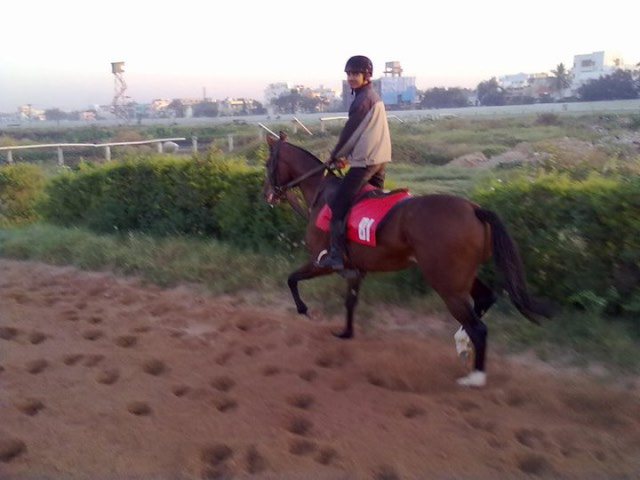 hind quarters engaged while trotting
Question
hind quarters engaged
hello maam, woul
hind quarters engaged while trotting
Question
hind quarters engaged
hello maam, woul
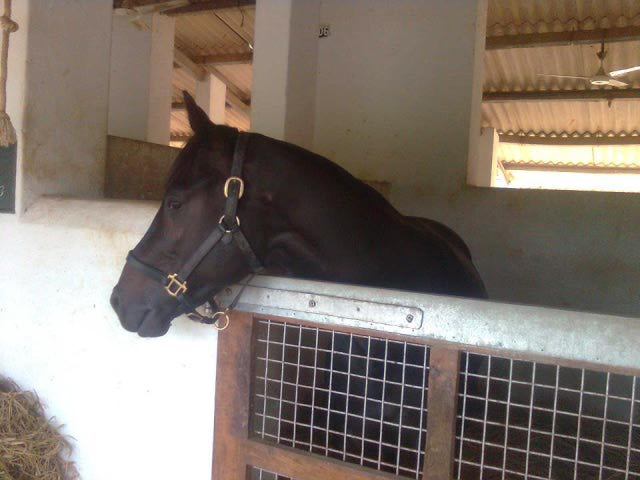 turning the face towards wall
Question
shy horse
hello maam, when i approache
turning the face towards wall
Question
shy horse
hello maam, when i approache
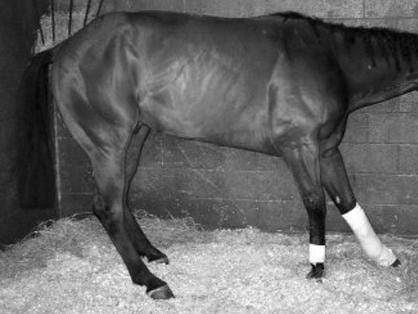 laminitis affected which leg
Questionlaminitis which leg
QUESTION: hello maam
laminitis affected which leg
Questionlaminitis which leg
QUESTION: hello maam
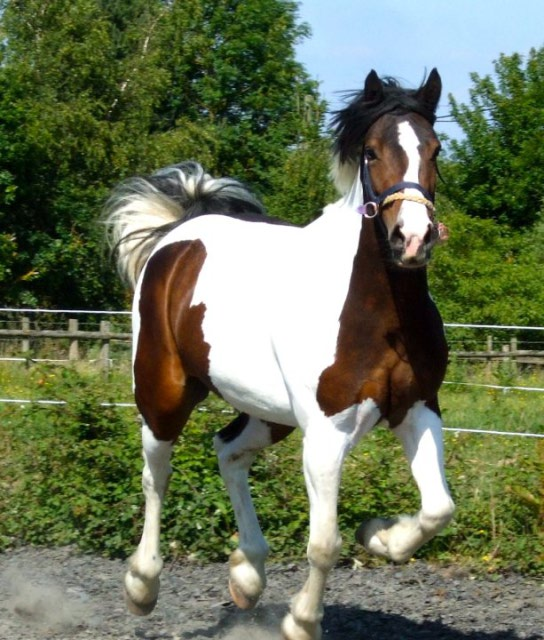 Cars
Question
May
I have a 7 year old mare, Ive owned
Cars
Question
May
I have a 7 year old mare, Ive owned
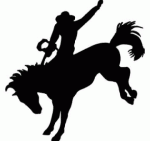 breaking a yearling
Question
breaking yearling
hello. may i know why cow bo
breaking a yearling
Question
breaking yearling
hello. may i know why cow bo